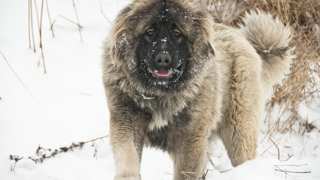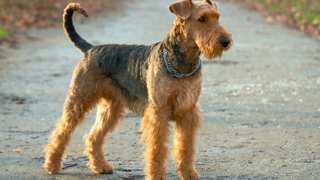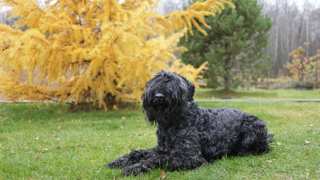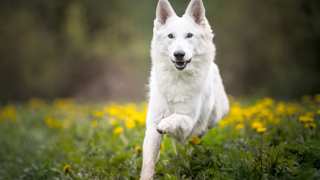Timber Wolf Grooming
Without question, grooming a Timber Wolf will be difficult. Since these animals have such unpredictable temperaments, giving them care of any kind could be time-consuming and even dangerous. If your Timber Wolf is a hybrid mix with a dog breed, Wolf grooming may be less stressful--and the same applies for Timber Wolves that are domesticated early in puppyhood. In any case, it's a good idea to start all Timber Wolf grooming practices as early in the animals' lives as possible so the wolves can get used to being touched and handled.
That said, the info in the following sections is for Timber Wolves that agree to be groomed. Here you'll learn more about caring for the Timber Wolf coat, including detailed info on brushing and bathing. You'll also find out how to maintain their teeth, ears, and nails--and you'll learn exactly why shaving a wolf's coat is never a good idea.






